Eating healthy doesn't need to be expensive. These are the best dietitian approved cheap sources of protein to help you hit your protein goals, while meeting your budget!
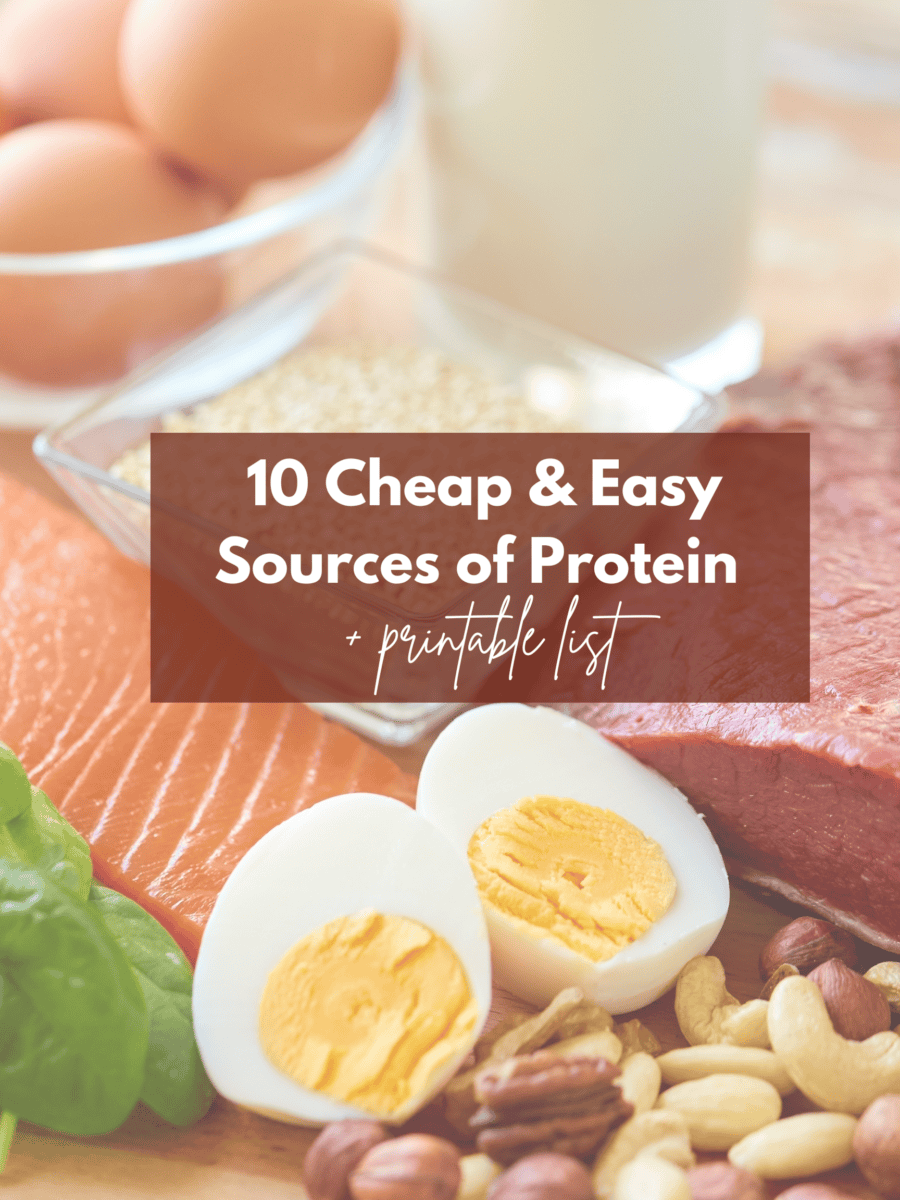
With the growing popularity of high protein diets, it's easy to feel overwhelmed about what you should be eating, which expensive powders everyone is buying, and the cost of food. Although protein is super important, eating enough of it doesn’t mean you need to break the bank or spend your entire paycheque on supplements and protein powder. We actually can often meet our protein goals using everyday, budget friendly food.
As a registered dietitian, today I am going to help you get back to the basics with cheap and easy protein-packed foods to help you save money while keeping up with your protein goals.
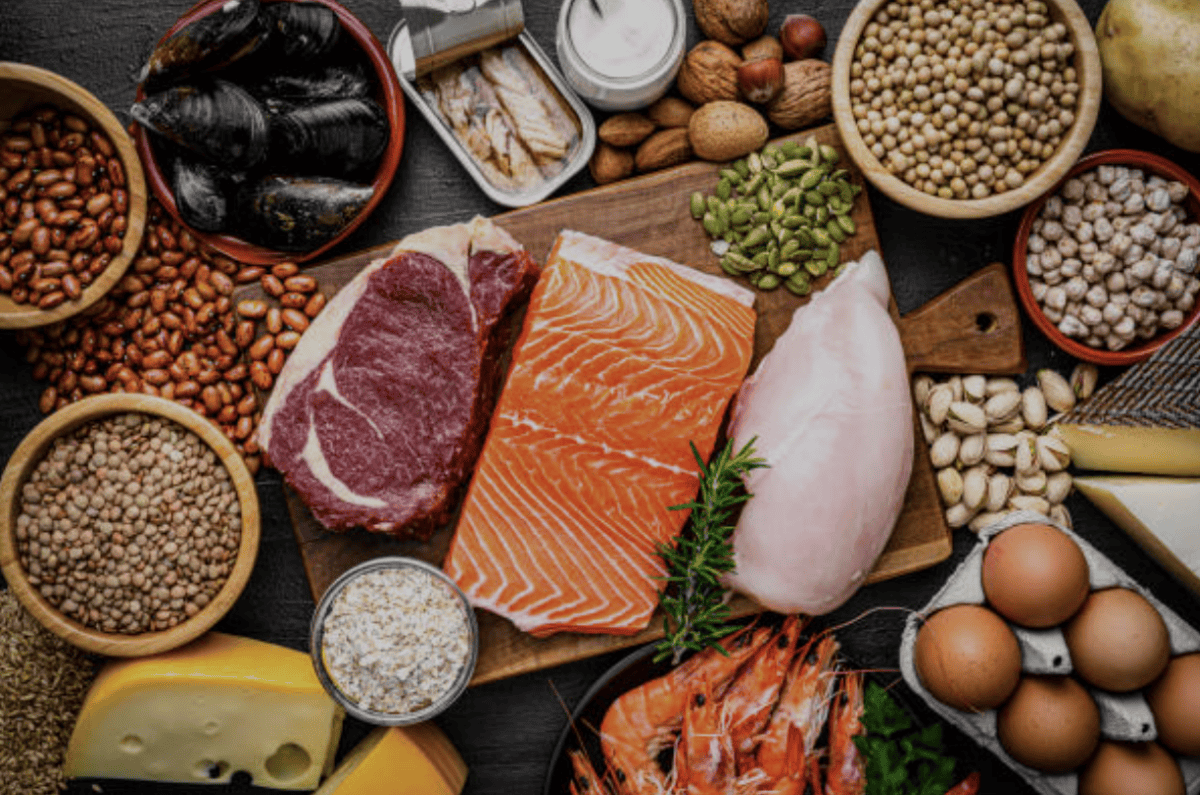
Why Does Protein Matter?
Protein is one of the three macronutrients our bodies need to function, the other two being fat and carbohydrates. It plays a major role in many of the body’s essential functions like:
- Muscle building and recovery
- Keeping us full and satisfied for a long time post meal
- Maintaining immune health
- Supporting hormones
Essentially, protein is key to supplying the body with energy and keeping us nourished.
How Much Protein Should You Be Eating?
With the sudden rise in protein focused diets, there is a lot of conflicting information online about how much protein you should be eating. While everyone is different and requires varying levels of nutrients, there are baseline numbers to help give you an idea of what your goals should be. Two examples of these baseline values are AMDRs and RDAs.
AMDR stands for Acceptable Macronutrient Distribution Range. It represents how much of your diet should consist of each macronutrient. For protein, the AMDR is 10-35%, meaning that of your daily intake of food, 10-35% of your calories should be protein.
RDA stands for Recommended Daily Intake, which represents the minimum amount of a nutrient you should be eating per day. This number varies per person, but the protein RDA can be calculated as 0.8g of protein per kilogram of body weight.
Both of these values change based on a variety of factors. They are a great tool to use as a guide for protein consumption, but they are not the rule. Remember everyone is different, figure out what works best for you!
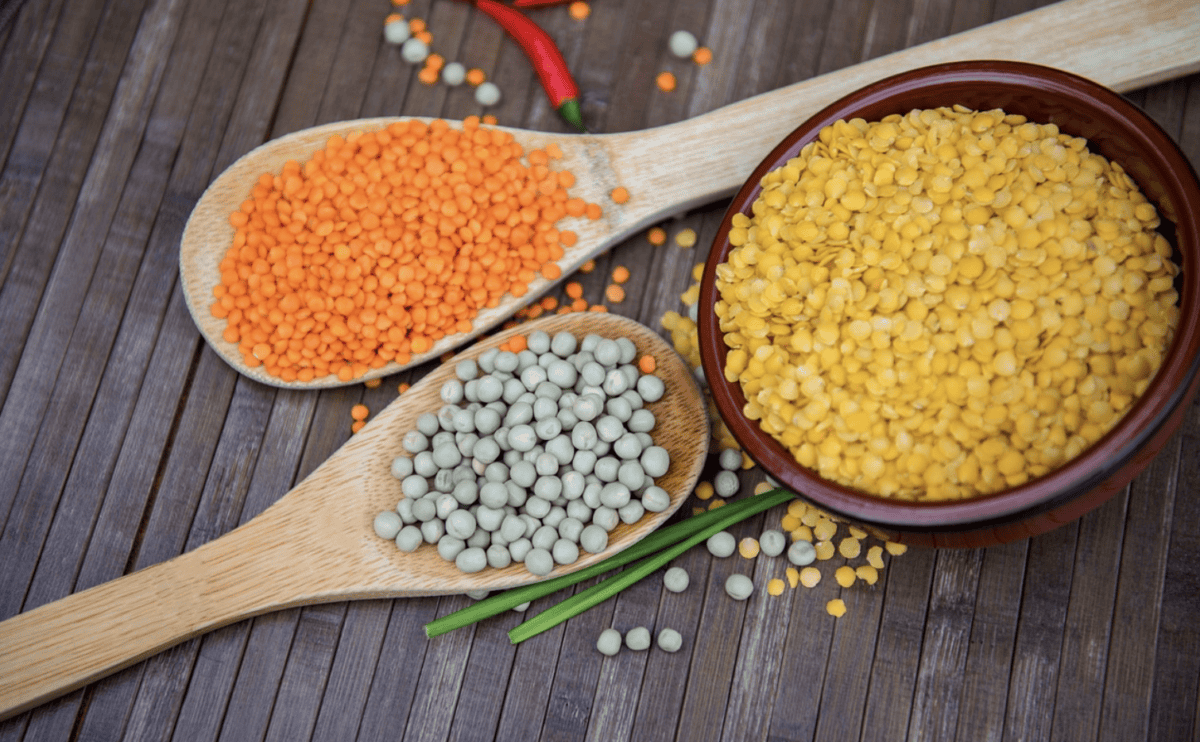
Budget Friendly Protein Sources
Consistency and balance can be way more effective than supplements and powders. Here’s a short list of budget-friendly protein sources:
- Greek Yogurt
- Bone Broth
- Canned/ tinned fish( ie. salmon, tuna, sardines)
- Lentils
- Black Beans
- Tofu
- Quinoa
- Chicken thighs
- Cottage cheese
- Nutritional Yeast
And, to make things easier I’ve created a free, downloadable sheet of a couple cheap protein sources you can choose from! Download your free chart Here
Smart Budgeting Tips
Changing how you shop rather than what you eat can be super helpful for eating a ton of protein without spending too much. Here are some of my go-to tips:
- Check the frozen section: Frozen food like shrimp or edamame beans can be found here for an affordable price and they last longer
- Buy in bulk: Stock up on pantry staples like dried beans or lentils
- Shop the sales: Keep an eye out for discounted meat and stock your freezer while the prices are low
- Shop store brands: Often cheaper than name brands and offer the same nutritional value
There’s no need to overhaul your diet and buy specialty products to meet your protein goals. By adding some of these cheap protein options to your everyday meals, you’ll be supporting your health without worrying about the price tag.
High Protein Recipe Ideas


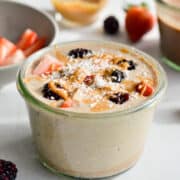

Some Other Blog Posts You May Be Interested In
- What to Eat Pre & Post Workout
- 10 High Protein Vegetarian Snacks
- What I Ate Focusing on Protein & Fiber
This post was written by Cooper Jones, Nutrition and Dietetics student at Brescia University and reviewed by Nicole Addison, MHSc, RD.

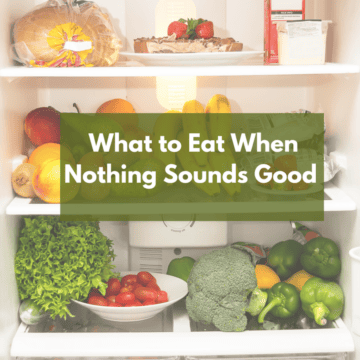
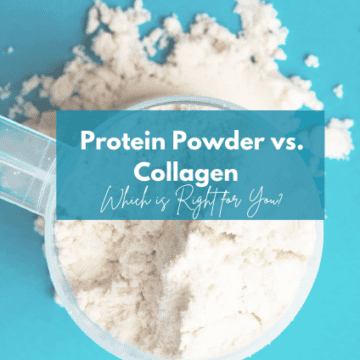

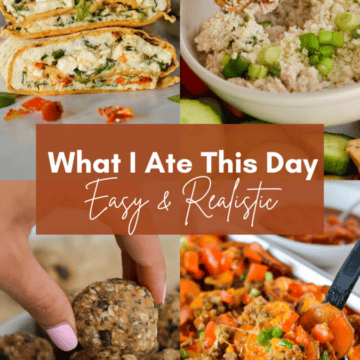
Comments
No Comments